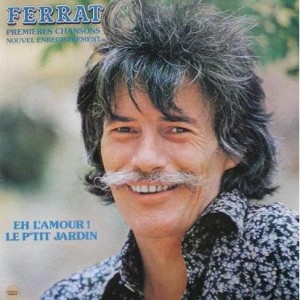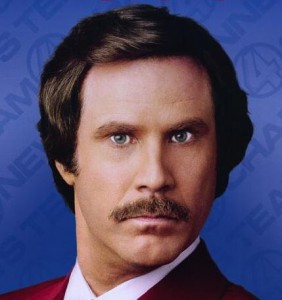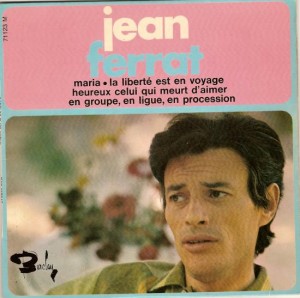It all started during my first finals week, ever, in college.
Sitting in my dorm room, in front of my Toshiba laptop, I lined up all of the things I needed to do during reading week in order to succeed in writing my exams: reading chapters of books that I eased up on after their corresponding midterm exams were finished, condensing what should have been two weeks of research on Medicare caps into two days, and completing two weeks’ worth of math problem sets.
Great, I thought, I have a good system put in place to learn all the information I need to ace those tests.
Perhaps it was procrastination, maybe genius, but I embarked on a relentless quest to burn all of my physical CD’s onto my Toshiba’s little hard disk (In the year 2002, those laptops didn’t hold very much.). Then, in 2007, I made the Toshiba-Mac cross-over. For a brief moment, I thought that everything was going to disappear in transit, along the cable, but it worked out. And so it was, my lifetime’s collection of albums was as portable as my pocketbook.
From then on, I was able to tote my own musical canon with me to every new work assignment, barely making a conspicuous dent to my two-piece luggage suite. Flipping open my Mac, I could enjoy everything from Bach to the B-52’s from little built-in laptop speakers.
Being a little older and wiser (I got a wisdom tooth pulled today.), I have grown accustomed to speakers that are a bit more rich-sounding, sophisticated, and generally require valuable shopping time at a dedicated audio (and visual) store (that my fiancé may or may not have dragged me to).
One of the clunky pieces of electronics in my living-slash-listening room is an amplifier. There are input and output ports for everything, and I mean, everything! That is, everything except my USB-clad external hard drive. I’ve grown tired of whipping out my computer every time I want to access digitized media (not just music, but movies, too!). I just want to push a button to play anything in my collection. No fuss, you know?
Some ideas I had were:
1. Apple TV – The guy at the Apple store really tried to push me to subscribe to iMatch, after having avowed to me that no internal hard memory existed on the thing. Upon asking if I could hook up my external hard drive, he retorted, “Why would you have something like that?” as though I were someone to have illegally downloaded music and movies from some Napster-like thing. Ugh, this idea wasn’t meant to be.
2. The Xbox 360. This is a really expensive thing for a device whose sole purpose I think should be to play various audio and visual formats. That’s it. Although it would be cool to use the DVD capability to play my Region 1 (US) DVD’s that I also don’t want to shove through the open-laptop-connect-to-amplifier process. Also, I could watch the Colbert Report anytime I wanted with this one.
3. Something called a media player. I could listen to or watch anything from my hard drive, but I lose those extra degrees-of-freedom that would not only renew the lives of my US DVD’s that won’t play on my Region-2 Blu-ray player but would also let me watch anything that streamed on the Internet, like this.
This last one is more make-shift than it is commercial. But the most commercial A/V titan, Apple, alienates the 20- and 30-somethings who have moved from college dorm room to grown-up apartment with a portable media library, whether or not it was intended.
Personally, I don’t think you should be forced to hook up a powerful machine. like my MacBook Pro, which could be capable of calculating large prime numbers if it had to, to my amplifier if I wanted to access my iTunes library. It would be like driving a 1930’s, restored Rolls Royce, painted in silver paint, to your office job everyday.
Lately, I’ve been wondering, what is the price of information? Apple seems to know. They devised a good system to enforce it.
Leave a Comment




